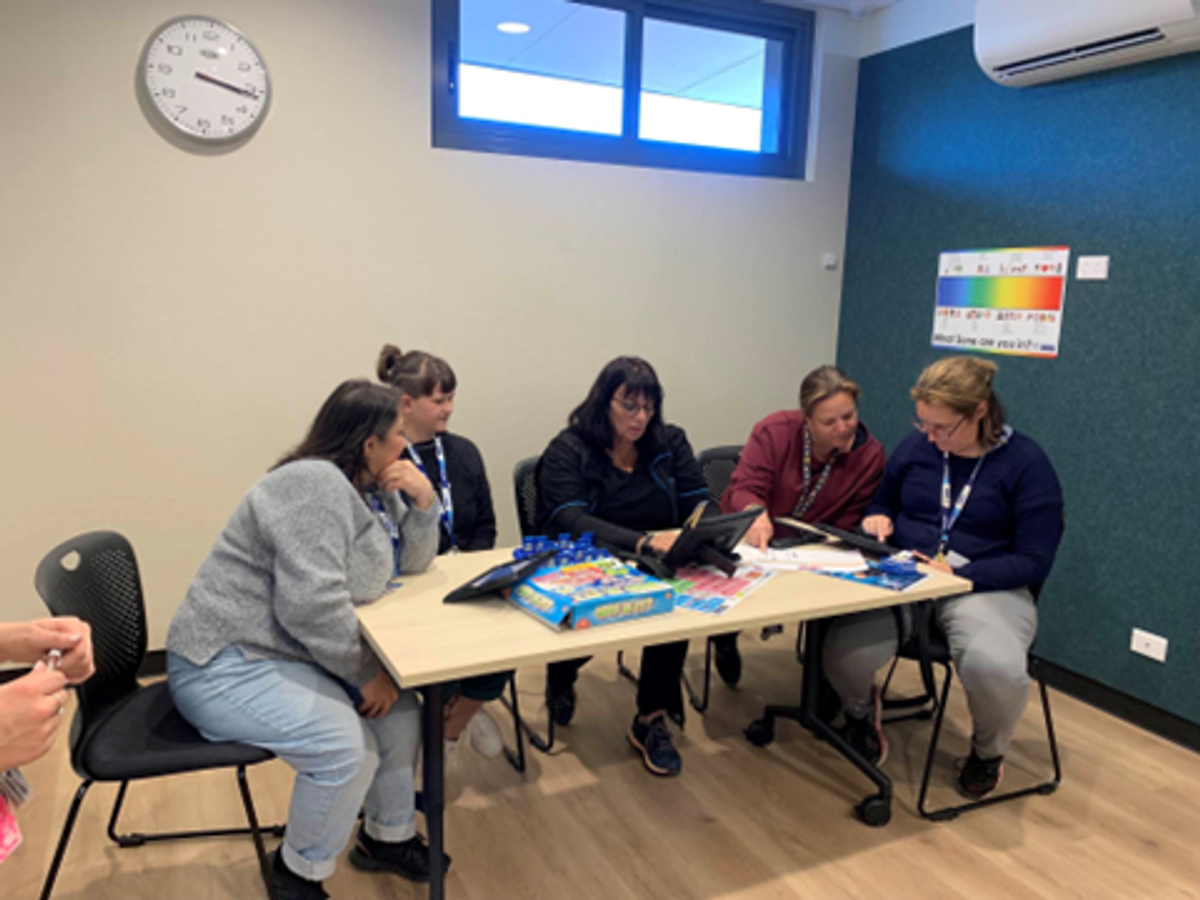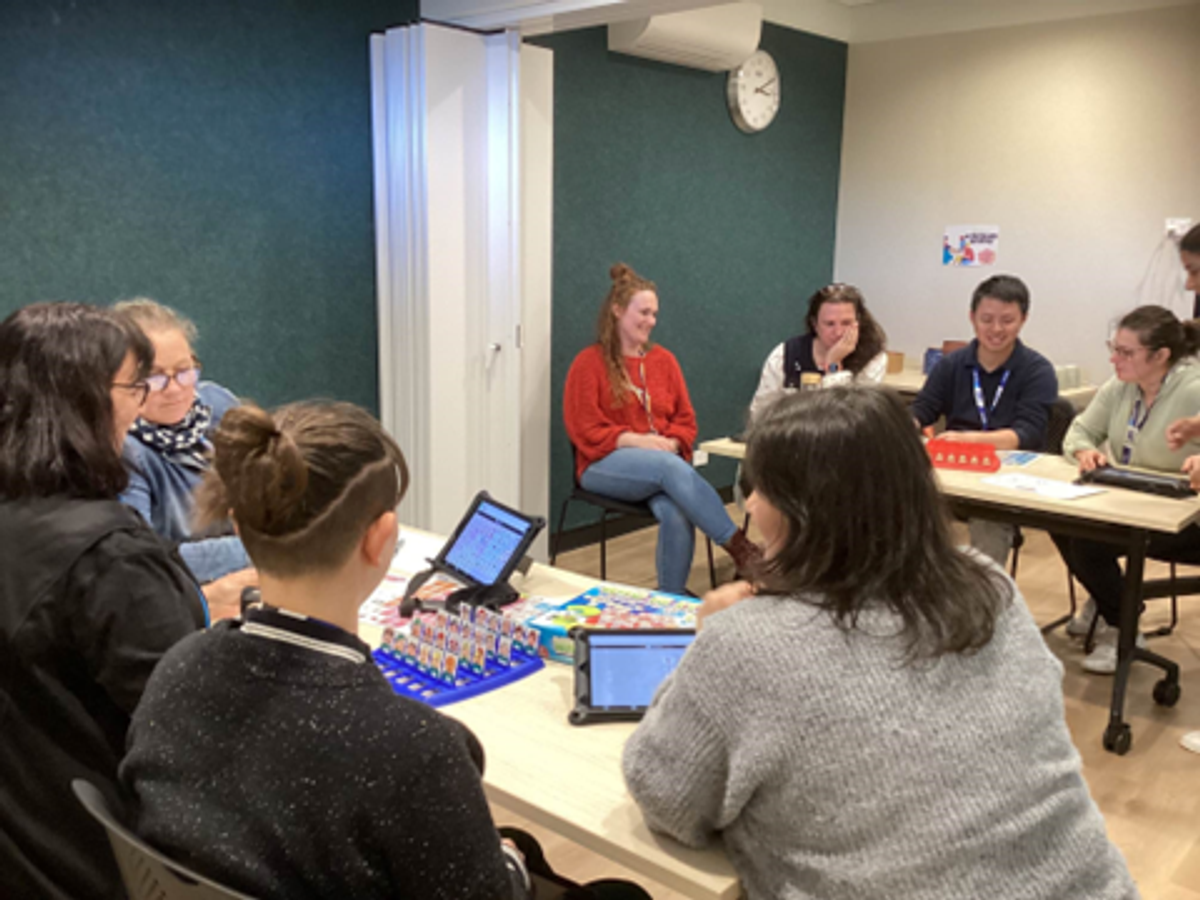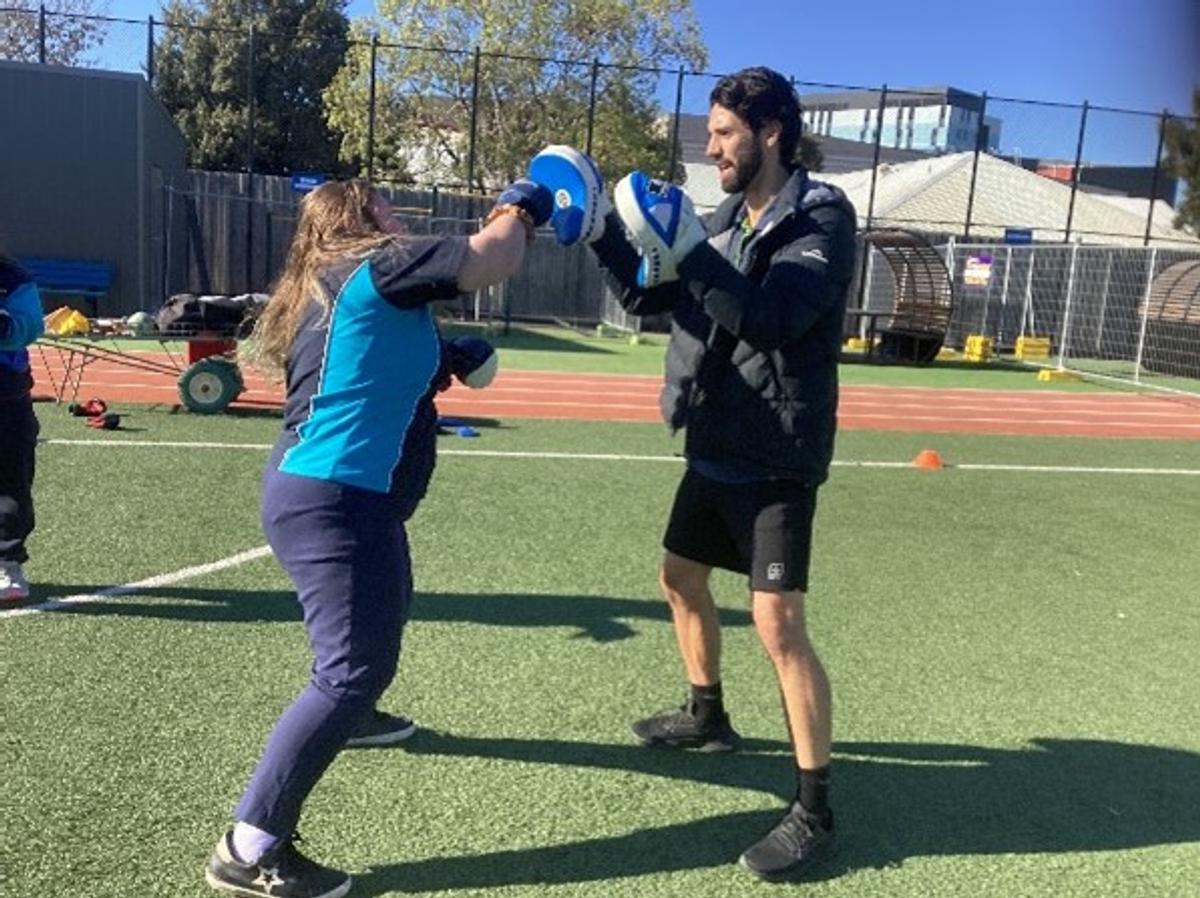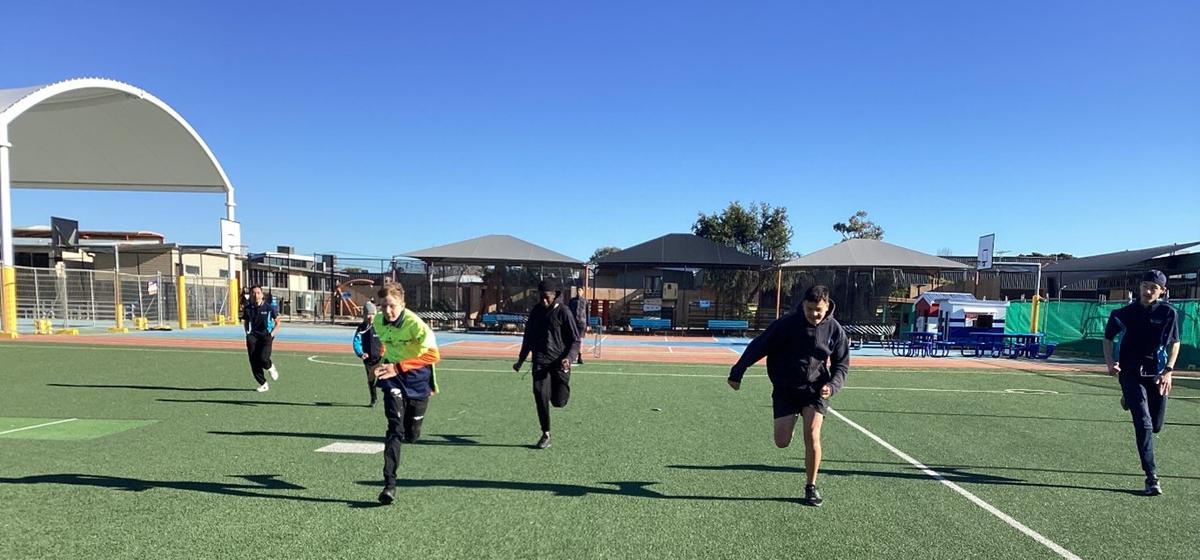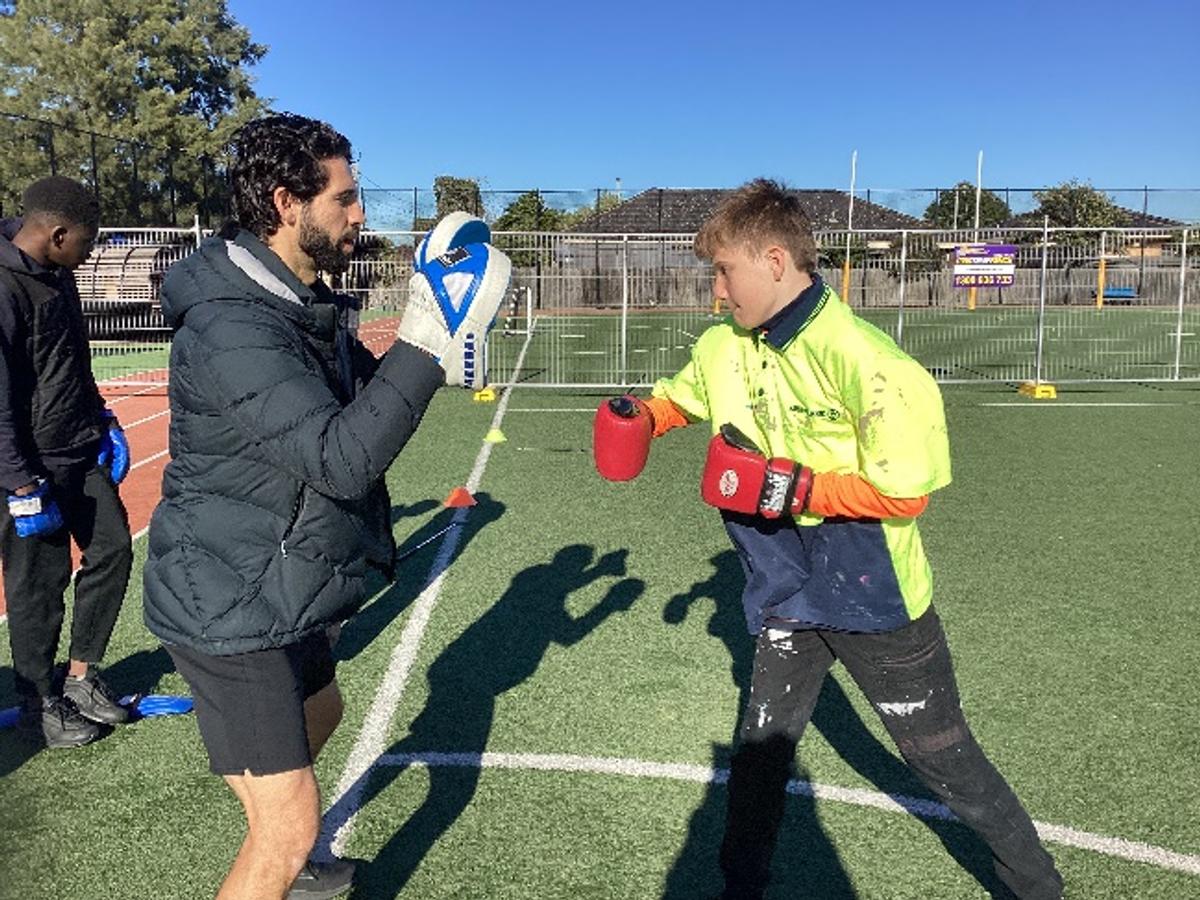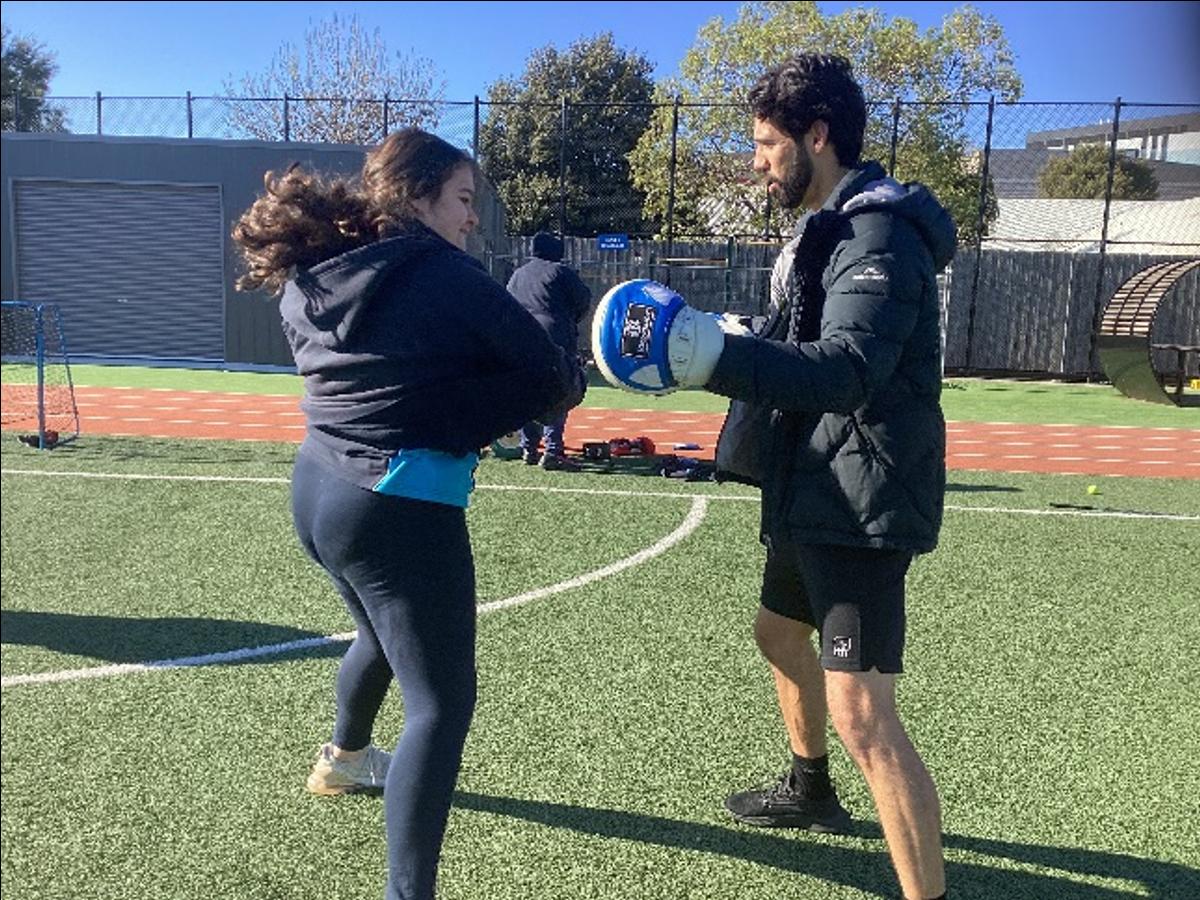Health & Wellbeing News

Allied Health News
Our new allied health hub has hosted staff to practice their AAC skills at our weekly group!
Health and Fitness
THE ENDLESS BENEFITS OF DANCING
It’s hard not to feel joy while dancing. Whether that’s because you love the music, you’re dancing with a partner or laughing yourself silly trying to get the hang of choreography.
The beauty of dance is that no part of the body is left behind. It asks for people to be on their feet, coordinate their limbs and really turn the brain on. One of the best things about it? You usually don’t realise how physical it is while doing it.
If you’ve never given dancing a proper shot or it’s been a while and you’d like to pick it back up, here’s why you should.
DANCING CAN HELP ALL-ROUND PHYSICALITY
Research suggests dancing can be as beneficial as swimming, cycling or running on a treadmill.1 There are countless physical benefits, including increased muscle strength and tone, better flexibility and endurance, improved posture, coordination, aerobic ability, balance and spatial awareness. If it’s done at a high intensity, dancing helps with cardiovascular conditioning and strengthens key weight-bearing bones, including the hips. All of these things help us holistically and assist in doing other forms of exercise, too.
IT CAN IMPROVE MENTAL WELLBEING
Why do people keep dancing? One study says it’s sustainable because it’s fun. But its mental health benefits go far beyond that. Dance increases our endorphin levels which can work wonders in improving our mood. It gives us the space to ease stress and tension.2 It puts us in touch with both body and mind, which can assist with self-esteem, self-belief and motivation. Dance classes also provide the chance to socialise and form new connections.
THE BRAIN LOVES TO DANCE
Dance stimulates the prefrontal cortex, a part of the brain involved in making decisions, predictions and creating new memories. It is an especially beneficial hobby as we age. A 21-year-long study found that out of 17 different leisure activities, social dancing had the highest association with a lower risk of dementia.3 It outdid activities such as reading, swimming, doing crossword puzzles and playing instruments. It’s believed this is because of the level of focus required, combined with social interaction.
THERE’S NO AGE LIMIT
Given how many different dance styles are out there, you can continue dancing through all stages of life. As you get older, you might opt for a waltz over a quickstep or a slower form of hip hop instead of breakdancing. The bottom line is there are always options to continue dancing. It’s all about re-evaluating what your body can manage and finding dance forms to suit your needs.
Get Active Victoria has dance tutorials for hip hop, jazz, Bollywood and many more dance styles. Check them out and find something you can enjoy.
THE ENDLESS BENEFITS OF DANCING
It’s hard not to feel joy while dancing. Whether that’s because you love the music, you’re dancing with a partner or laughing yourself silly trying to get the hang of choreography.
The beauty of dance is that no part of the body is left behind. It asks for people to be on their feet, coordinate their limbs and really turn the brain on. One of the best things about it? You usually don’t realise how physical it is while doing it.
If you’ve never given dancing a proper shot or it’s been a while and you’d like to pick it back up, here’s why you should.
DANCING CAN HELP ALL-ROUND PHYSICALITY
Research suggests dancing can be as beneficial as swimming, cycling or running on a treadmill.1 There are countless physical benefits, including increased muscle strength and tone, better flexibility and endurance, improved posture, coordination, aerobic ability, balance and spatial awareness. If it’s done at a high intensity, dancing helps with cardiovascular conditioning and strengthens key weight-bearing bones, including the hips. All of these things help us holistically and assist in doing other forms of exercise, too.
IT CAN IMPROVE MENTAL WELLBEING
Why do people keep dancing? One study says it’s sustainable because it’s fun. But its mental health benefits go far beyond that. Dance increases our endorphin levels which can work wonders in improving our mood. It gives us the space to ease stress and tension.2 It puts us in touch with both body and mind, which can assist with self-esteem, self-belief and motivation. Dance classes also provide the chance to socialise and form new connections.
THE BRAIN LOVES TO DANCE
Dance stimulates the prefrontal cortex, a part of the brain involved in making decisions, predictions and creating new memories. It is an especially beneficial hobby as we age. A 21-year-long study found that out of 17 different leisure activities, social dancing had the highest association with a lower risk of dementia.3 It outdid activities such as reading, swimming, doing crossword puzzles and playing instruments. It’s believed this is because of the level of focus required, combined with social interaction.
THERE’S NO AGE LIMIT
Given how many different dance styles are out there, you can continue dancing through all stages of life. As you get older, you might opt for a waltz over a quickstep or a slower form of hip hop instead of breakdancing. The bottom line is there are always options to continue dancing. It’s all about re-evaluating what your body can manage and finding dance forms to suit your needs.
Get Active Victoria has dance tutorials for hip hop, jazz, Bollywood and many more dance styles. Check them out and find something you can enjoy.
ACTIVE SCHOOLS-MORNING FITNESS WITH JAROD
Morning Fitness Sessions with Jarod Borg from Spectrum Health operate on three days per week and are available for all students from Years 3-10. The funding for this program is received from the the Australian Council for Health, Physical Education and Recreation (ACPHER) Victoria. Jackson School has received around $36000 from this fund over the last two years and the morning fitness sessions have been the mainstay of our funding spending. Jarod and his program has proved to be a very popular feature of the Jackson School week. This year our school has further employed Jarod to provide supervision for recess and lunch-time sporting activities and most recently, provided morning fitness sessions for our VCP (VCAL) students. In Term 2 this year, around 100 students took part in the half hour morning fitness sessions each week. The aim of the program is to increase our students physical activity each week in addition to the regular, weekly Physical Education sessions. In Term 4, money from this funding will be used to purchase two, relocatable outdoor boxing stations for student use in movement breaks, recess and lunchtime, and fitness intervention sessions.


